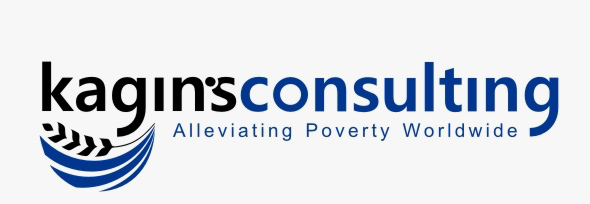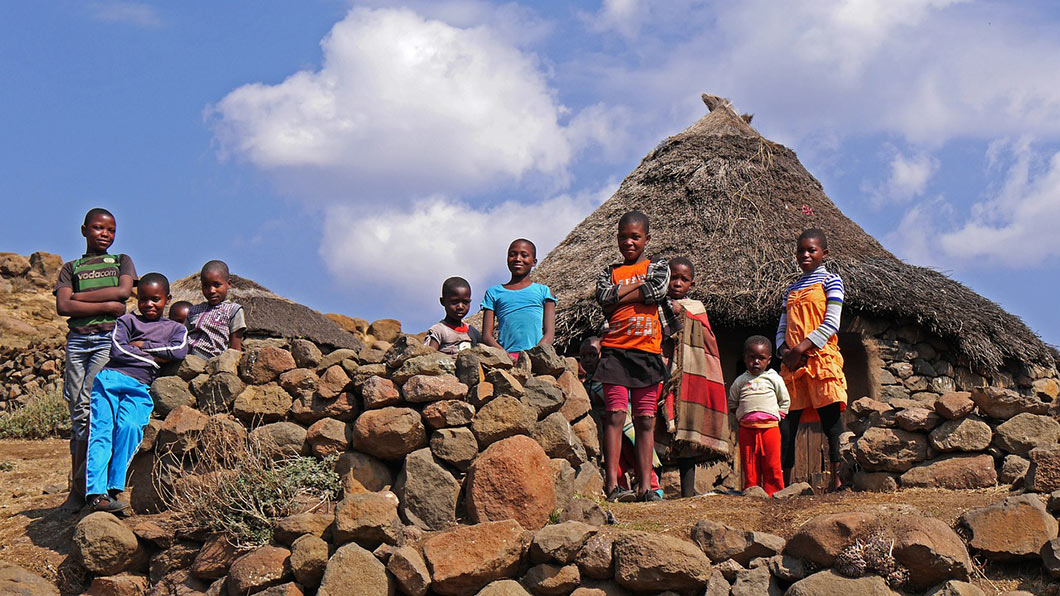Summary for local economy-wide impact evaluation of Lesotho’s Child Grants Programme
Area: Lesotho
Partner Agency: FAO Regular Programme, the Kingdom of Belgium, the Netherlands, Sweden and Switzerland, Universidad de los Andes
Timeline: 2021-2023
Objective: To estimate the broader economic impacts of FAO’s food and other expenditures in the region and how those expenditures can affect income, production, and employment.
Methods: Local economy-wide impact evaluation (LEWIE). Simulations using the LEWIE model provide estimates of impacts on the activities and incomes of target groups, as well as the indirect (spillover) effects on groups not targeted by these programmes.
Approach: LEWIE models have been used to uncover the direct and indirect impacts of the Lesotho’s Child Grants Programme(CGP) and, the Sustainable Poverty Reduction through Income, Nutrition and Access to Government Services (SPRINGS)
Key findings: Lesotho’s CGP creates both nominal and real income multipliers that significantly exceed 1.0 (The real or inflation-adjusted multiplier is 1.67). Combining CGP with KHG (Keyhole Gardens) and SILC (Savings and Internal Lending Communities), individually or in combination, leads to higher real income multipliers. Connecting local economies with outside markets through market clubs or other means significantly increases the real income impacts of CGP and CGP + SPRINGS if the result is higher crop prices for local producers. CGP alone, and with all combinations of SPRINGS components, generates total discounted benefits that exceed discounted programme costs.Real-income cost-benefit ratios counting the income spillovers created in local economies, range from 1.49 (CGP + SILC) to 2.31 (CGP + Market Clubs). See the report on the UN FAO website and the subsequent peer reviewed article with abstract below:
Abstract for the Article: We present findings from a study of the local-economy impacts of Lesotho’s Child Grants Programme and of a multi-faceted rural development intervention. We designed a micro-data parameterised general equilibrium model and used it to simulate the direct and indirect impacts of the two interventions, considering income and production spillovers. The Child Grants Programme, alone and in combination with the rural development programme, generates total discounted benefits that exceed discounted programme costs. Local-economy spillovers amplify the benefit-cost ratio of both cash transfers and productive interventions. By better integrating with outside markets, it is possible to attain substantial cost-effective income gains for local economies.

